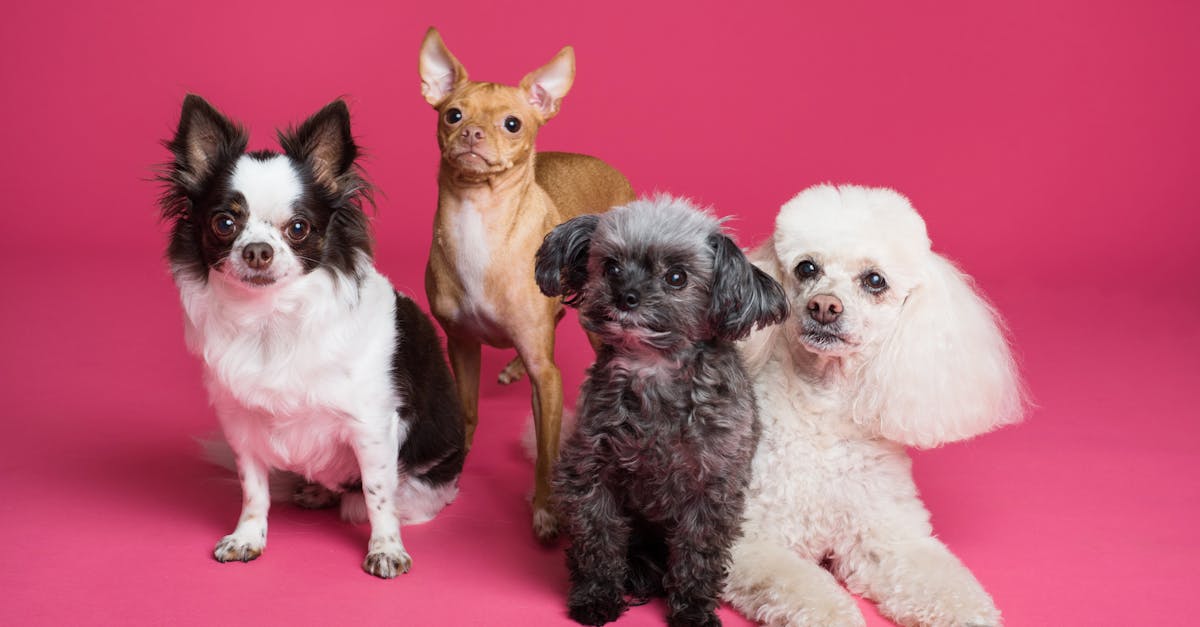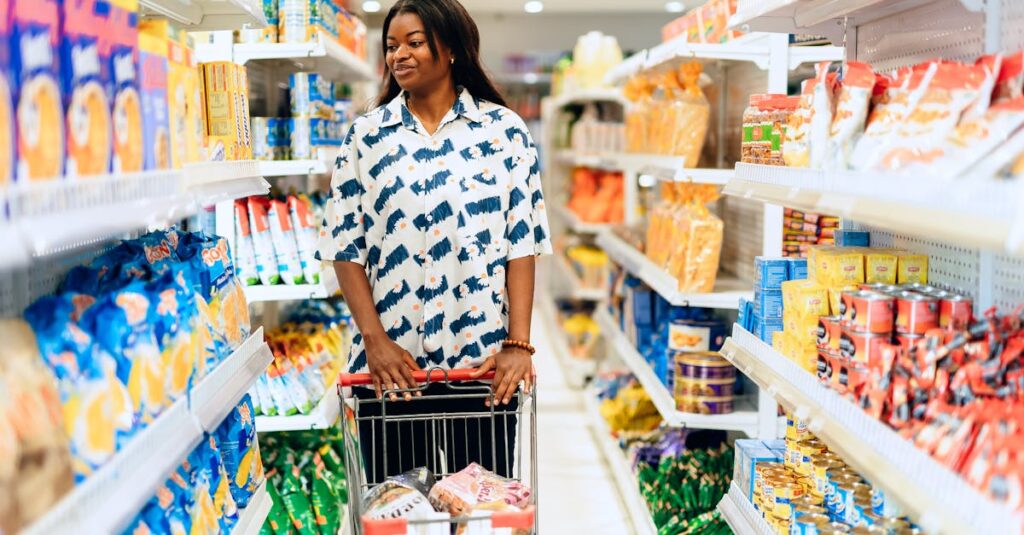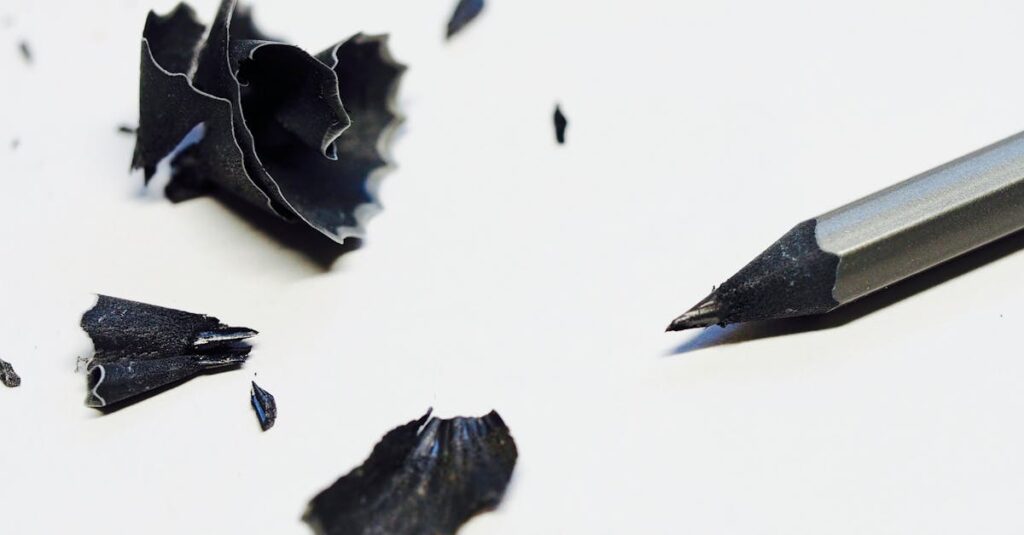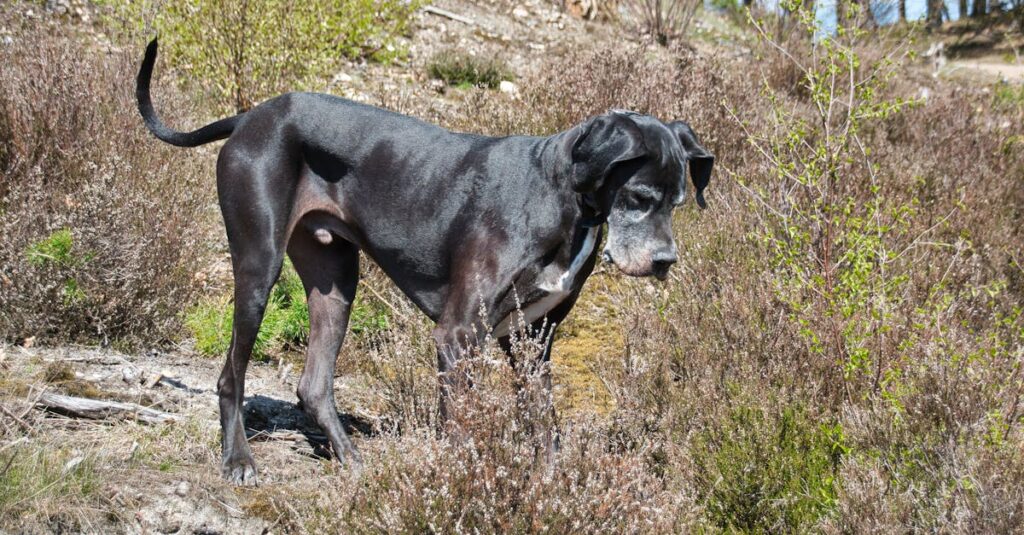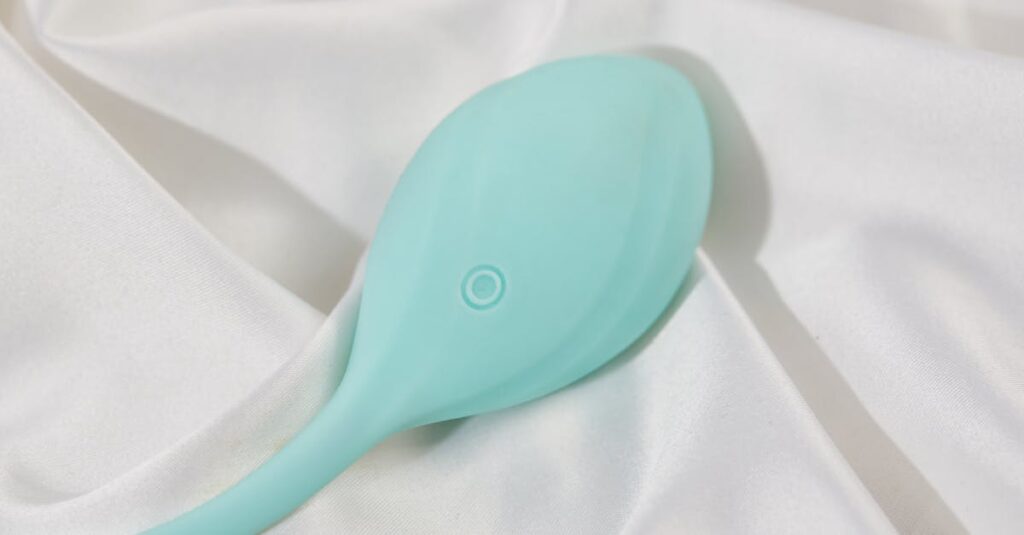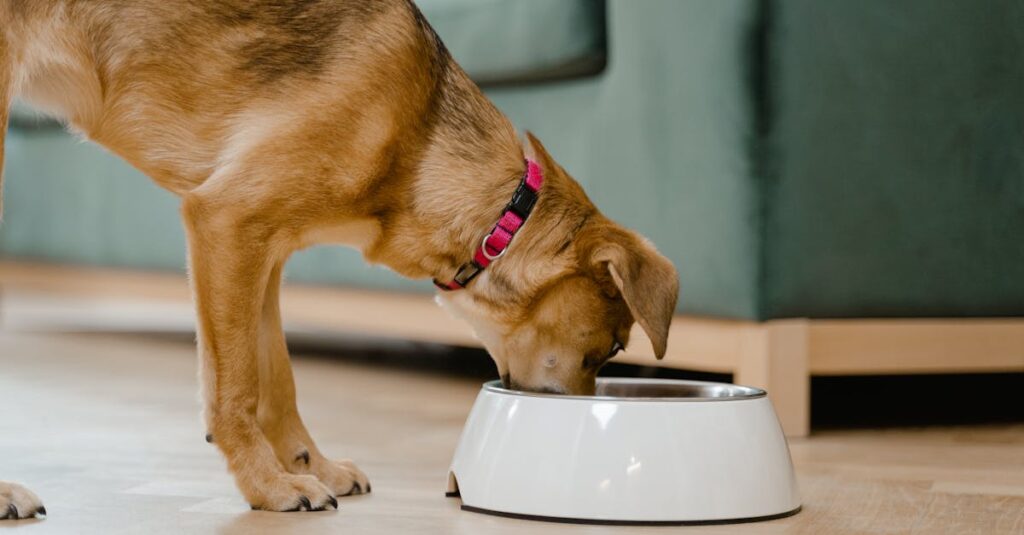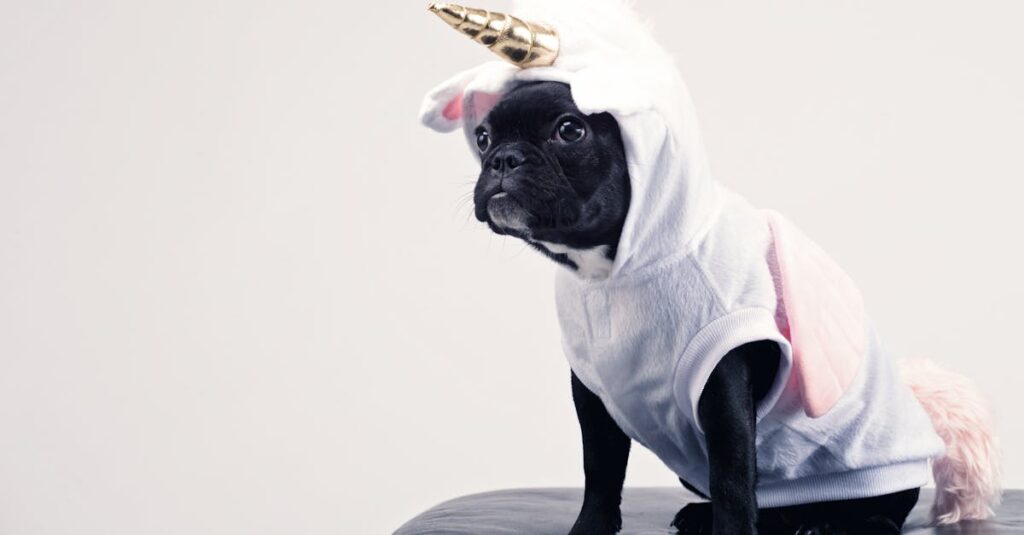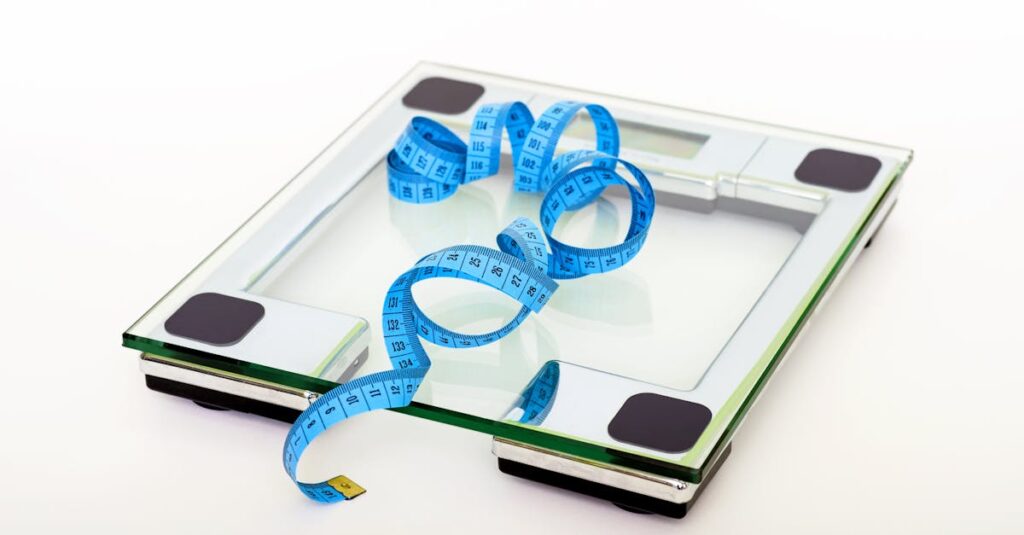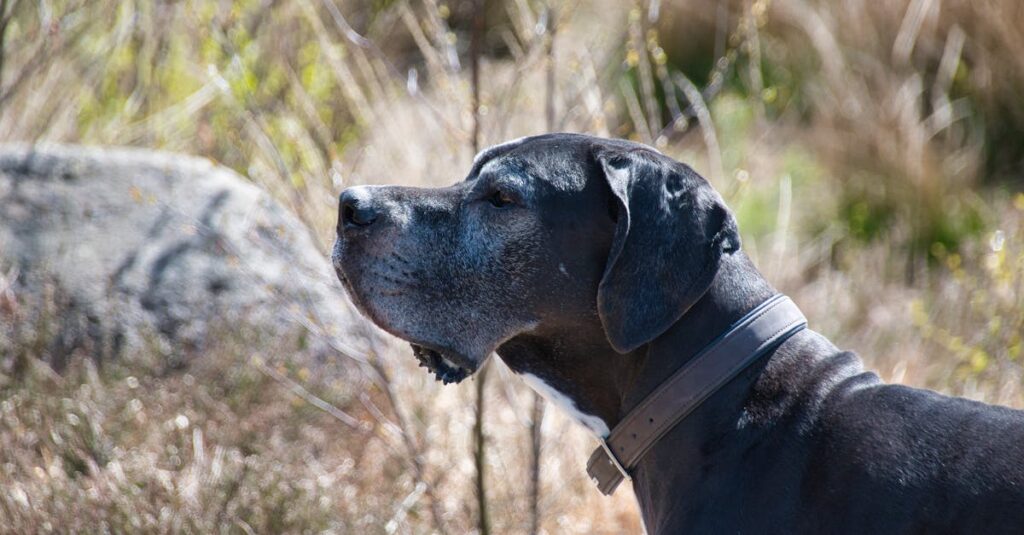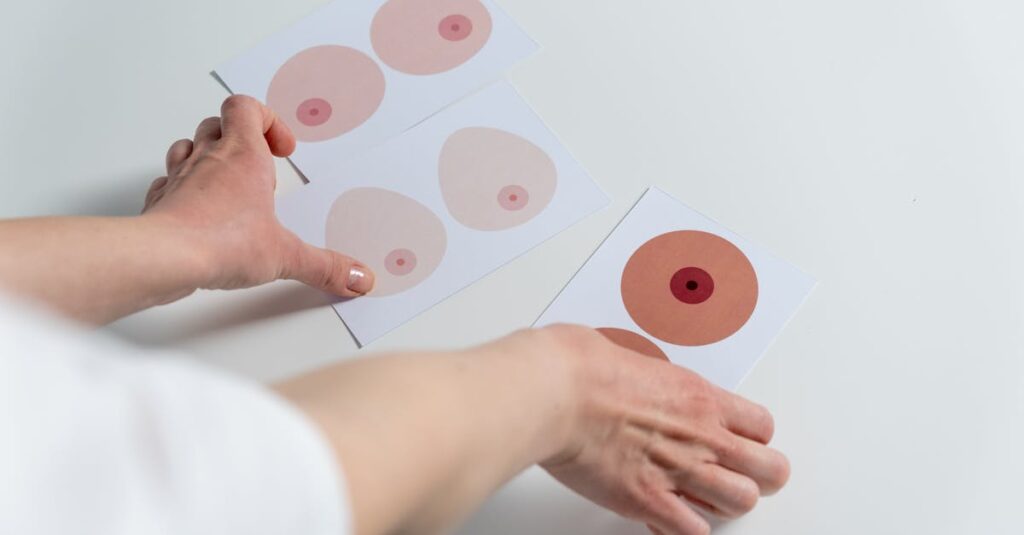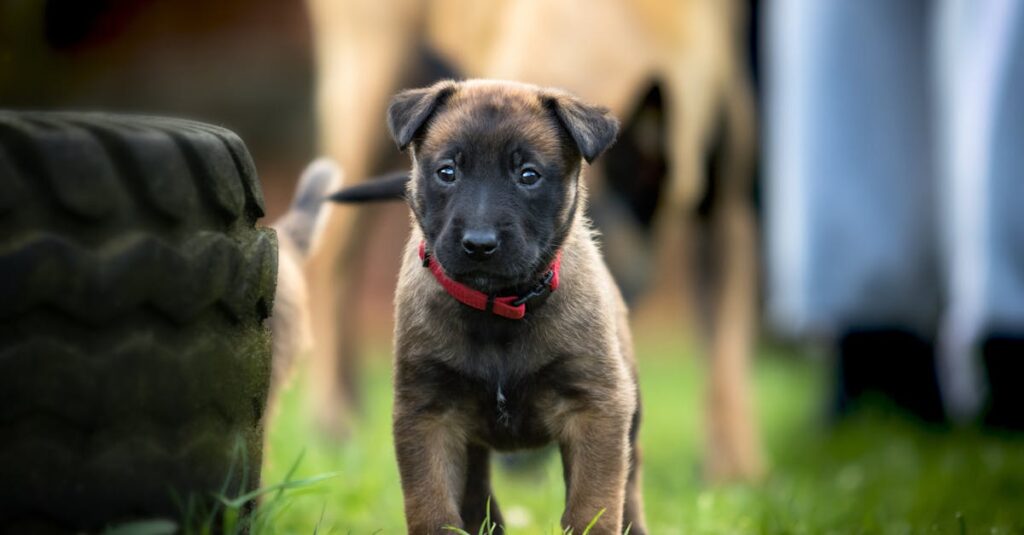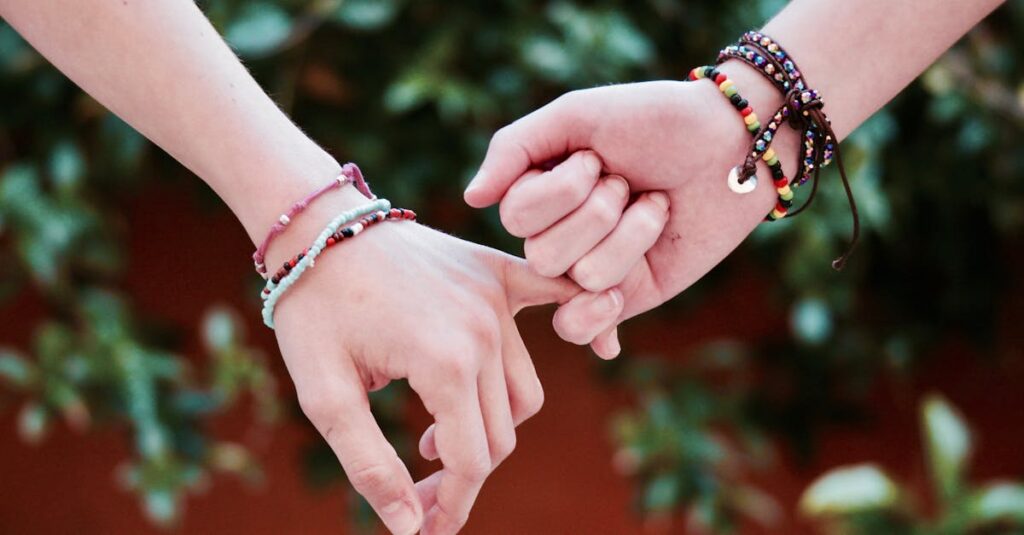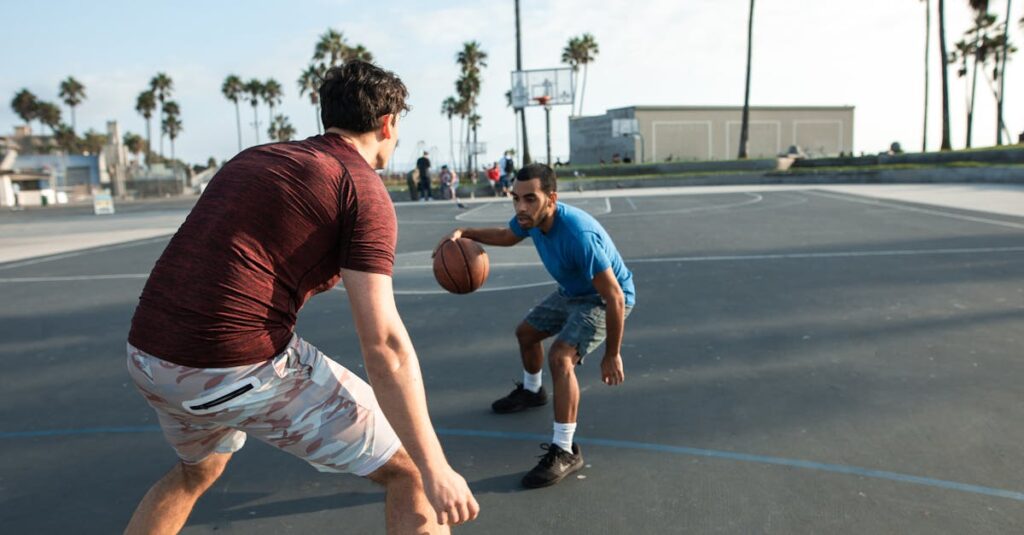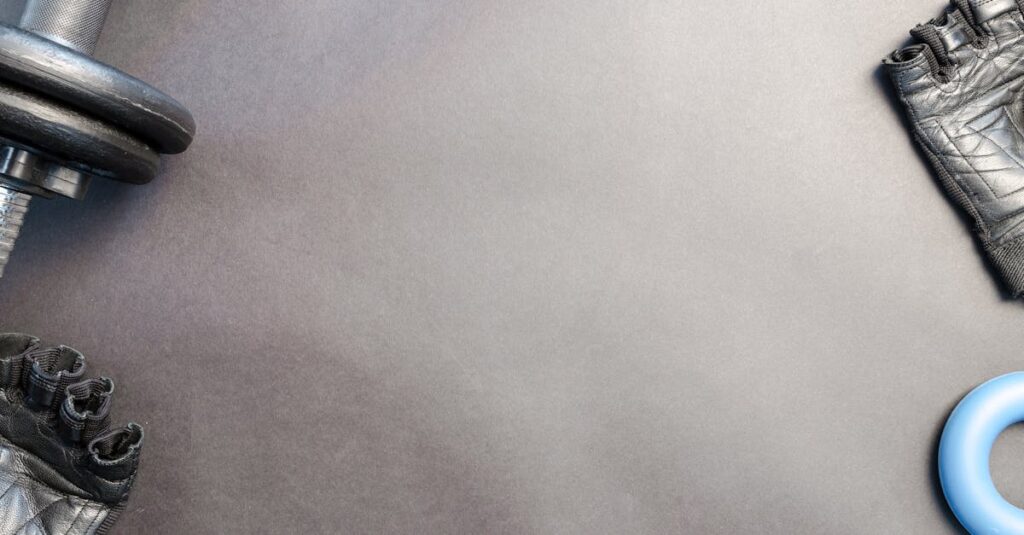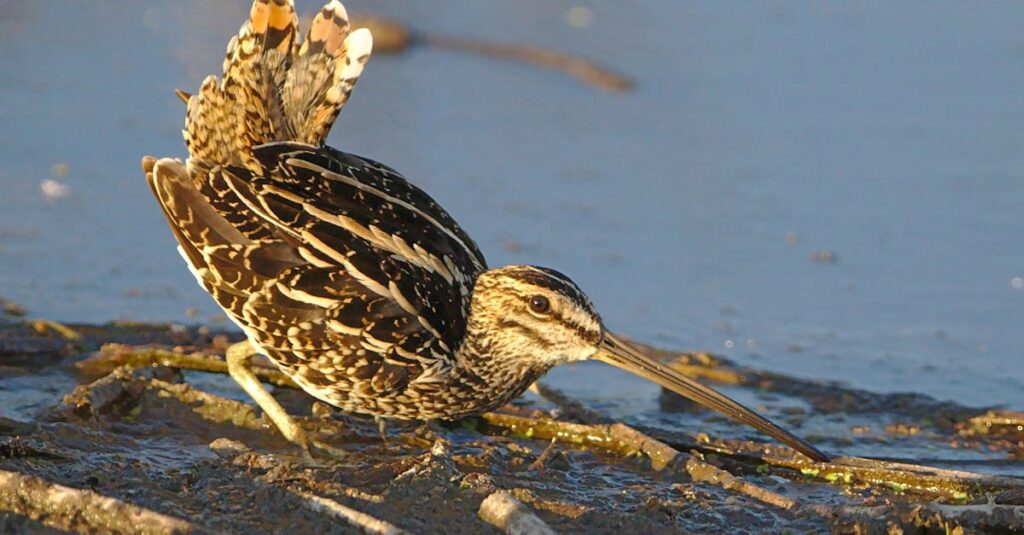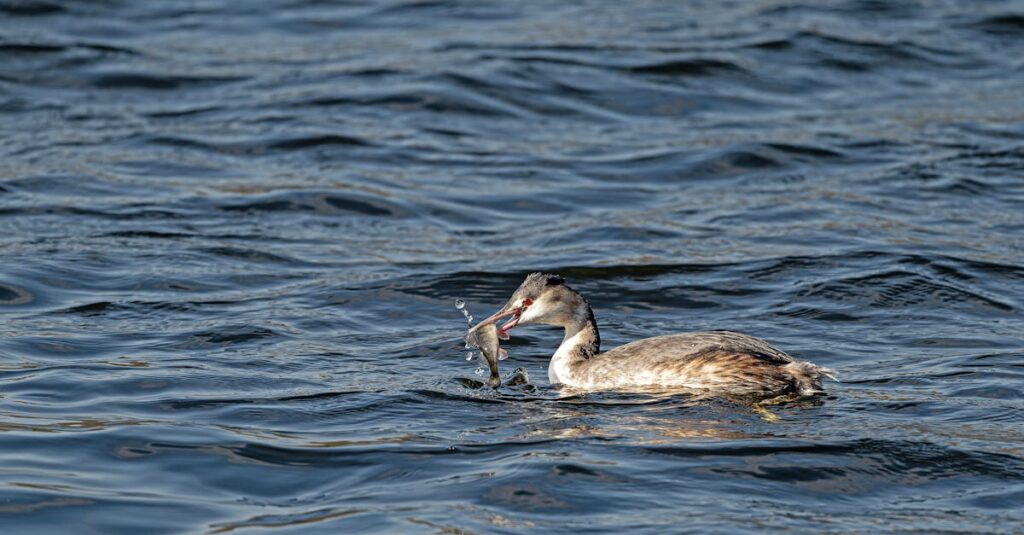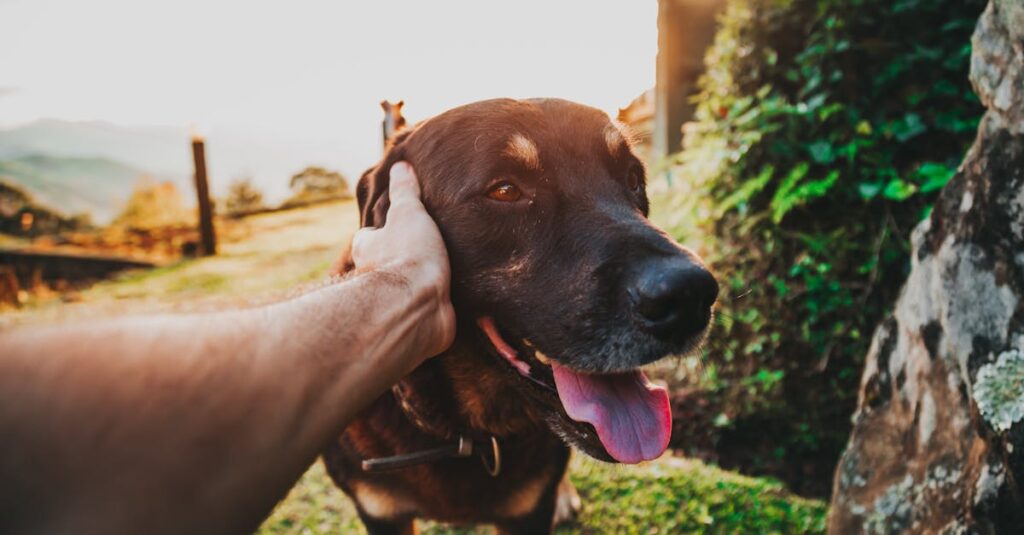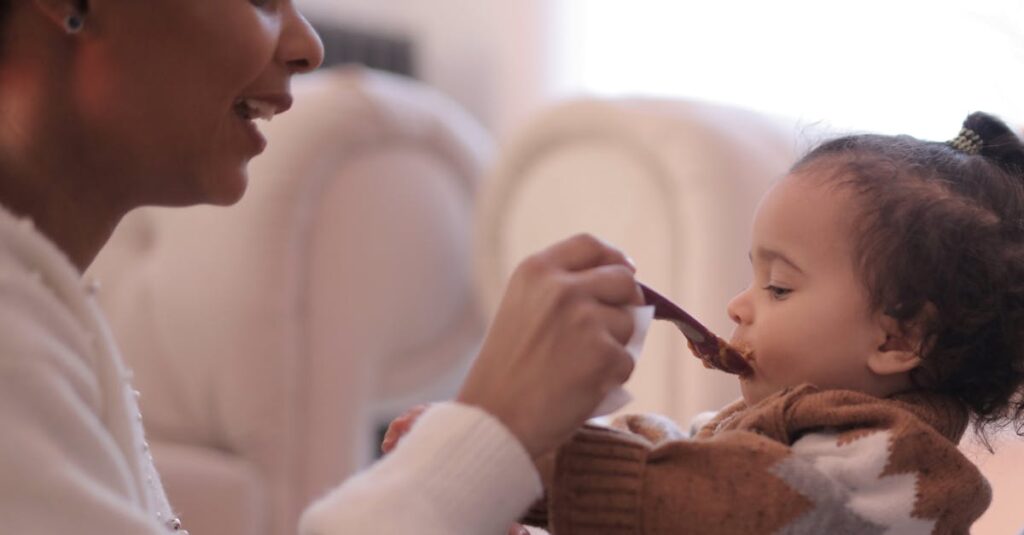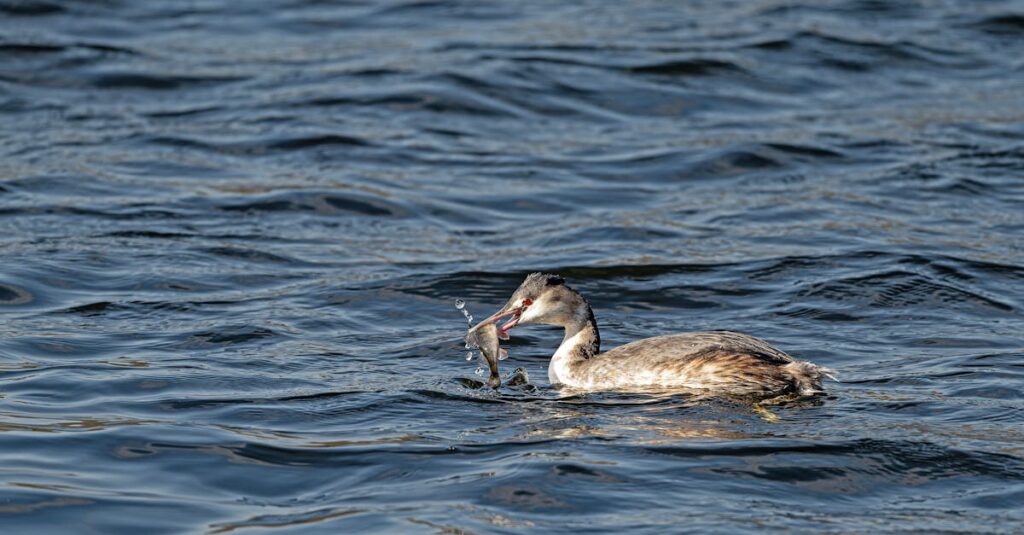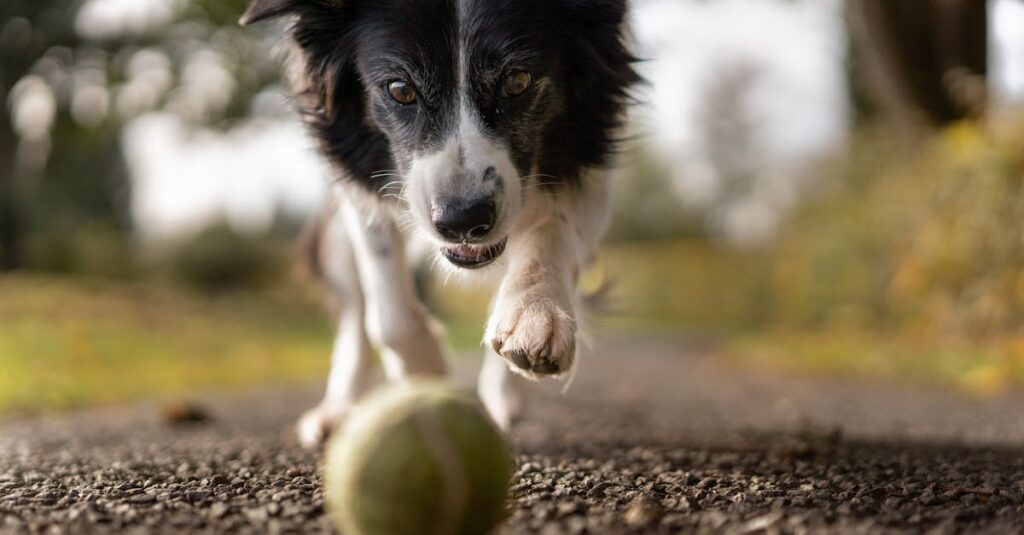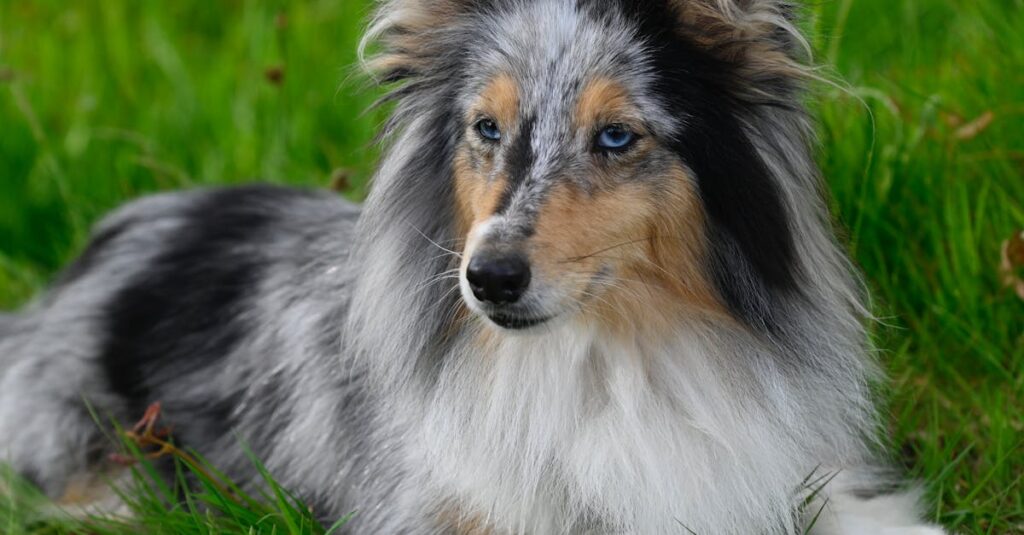The question how many puppies does a Great Dane have fascinates many dog enthusiasts and prospective owners alike. Known for their colossal size but gentle disposition, Great Danes surprise some by their litter size, which doesn’t always match their imposing stature. Understanding the typical number of puppies, the influences behind litter variability, and care essentials during the breeding process provides deeper insight for anyone interested in welcoming these gentle giants into their home.
Typical Litter Size of Great Danes: What to Expect
Despite their large physical size, Great Danes usually have litters ranging from 5 to 12 puppies, with the most common size being around 8 to 10 pups. It’s a bit counterintuitive—one might expect a breed as massive as the Great Dane to produce huge litters, but the reality presents interesting variability. Extraordinary cases like Cleo, a Great Dane who delivered 19 puppies via cesarean section, illustrate the upper limits, although such instances are quite rare.
- 🐾 Average litter size: 8 to 10 puppies
- 🐾 Smallest litters: as few as 5 puppies
- 🐾 Larger litters can reach up to 12 or more
- 🐾 Record litter size: 19 puppies
Understanding these numbers is vital for responsible dog breeding and proper pet care, ensuring the mother and puppies receive appropriate nutrition, space, and veterinary supervision.
Factors Influencing Great Dane Litter Size
Several elements impact how many puppies a Great Dane can have. Physiology, genetics, age, and health all play critical roles:
- 🧬 Genetics: Breeding dogs with a history of large or small litters often results in a similar range in offspring numbers.
- 📅 Breeding Age: Great Danes enter breeding maturity between 18 and 24 months. Breeding too early or late can affect litter size and puppy health.
- ❤️ Health Status: Maternal health is paramount; conditions like hip dysplasia or heart problems may lower fertility or affect the pregnancy outcome.
- 🥗 Nutrition: Quality puppy food and a well-balanced diet during pregnancy significantly impact litter size and puppy vitality.
- 🌡️ Environmental stressors: Stress and lack of exercise can play a role in litter outcomes.
| Factor | Impact on Litter Size | Notes |
|---|---|---|
| Genetics | High | Mothers from large litters tend to have bigger litters |
| Breeding Age | Medium | Optimal age 2-5 years for best outcomes |
| Health Status | High | Health screenings reduce complications |
| Nutrition | Medium | Proper diet supports fetal development |
| Environmental Stress | Low to Medium | Minimizing stress improves pregnancy success |
Ensuring Optimal Care for Great Dane Mothers and Puppies
Proper care before, during, and after pregnancy is crucial for Great Danes, especially given their unique physiology and health vulnerabilities.
- 💉 Regular veterinary check-ups: Early and consistent health monitoring ensures issues like bloat or heart problems are managed.
- 🥘 Nutrition: A diet rich in protein and essential nutrients is essential; see our guide on what to feed a Great Dane puppy to understand their nutritional needs.
- 🛏️ Comfortable environment: Provide a quiet, warm, and secure nesting area for the mother.
- 🎾 Appropriate exercise: Gentle walks and limited activity help maintain health without stressing the mother.
- 🧸 Preparation for puppies: Stock up on dog toys, whelping supplies, and suitable dog grooming products.
Taking care of the mother sets the stage for healthy puppies and easier dog training down the line, so don’t underestimate the importance of these steps.
Socialization and Nutrition: Starting Puppies Off Right
Once the puppies arrive, their early life requires careful attention to nutrition and social interaction:
- 🥛 Feeding: Nursing is vital initially, but gradual weaning onto quality puppy food prepares pups for independent growth.
- 🧑🤝🧑 Socialization: Exposure to people, other animals, and varied environments builds confidence and reduces future behavioral challenges.
- 🩺 Regular health check-ups: Vaccinations and parasite control are essential.
- 📚 Early training: Emphasize positive reinforcement; see our article on how to train a Great Dane not to bite.
| Care Aspect | Recommended Actions | Benefits |
|---|---|---|
| Nutrition | High-quality puppy food, gradual weaning | Healthy growth and development |
| Socialization | Regular interaction with people and animals | Better temperament and adaptability |
| Health Checks | Vaccinations, vet visits, parasite control | Prevention of common diseases |
| Training | Consistent positive reinforcement | Behavioral management and bond building |
Adopting or breeding Great Dane puppies requires patience, knowledge, and preparation. Responsible breeders prioritize health and welfare over numbers, ensuring these gentle giants thrive from their first breaths. For more on Great Dane pregnancy and care, explore our detailed guide.
Frequently Asked Questions About Great Dane Puppies 🐕
- Q1: How long is a Great Dane’s pregnancy?
Approximately 63 days (9 weeks), with variations depending on the individual dog. - Q2: Is it expensive to care for Great Dane puppies?
Yes, due to their size, the costs for puppy food, veterinary care, and accessories can be higher than average. Check out our post on the full cost breakdown of owning a Great Dane. - Q3: How do I find a reputable Great Dane breeder?
Look for breeders committed to health testing, proper socialization, and ethical breeding standards to avoid supporting puppy mills. - Q4: Do Great Dane puppies need a lot of exercise?
Puppies need controlled, moderate exercise to avoid joint issues, balancing play and rest carefully. - Q5: Can Great Danes live happily in apartments?
Yes, if given enough daily exercise and mental stimulation, though a home with a yard is preferred for their size.

